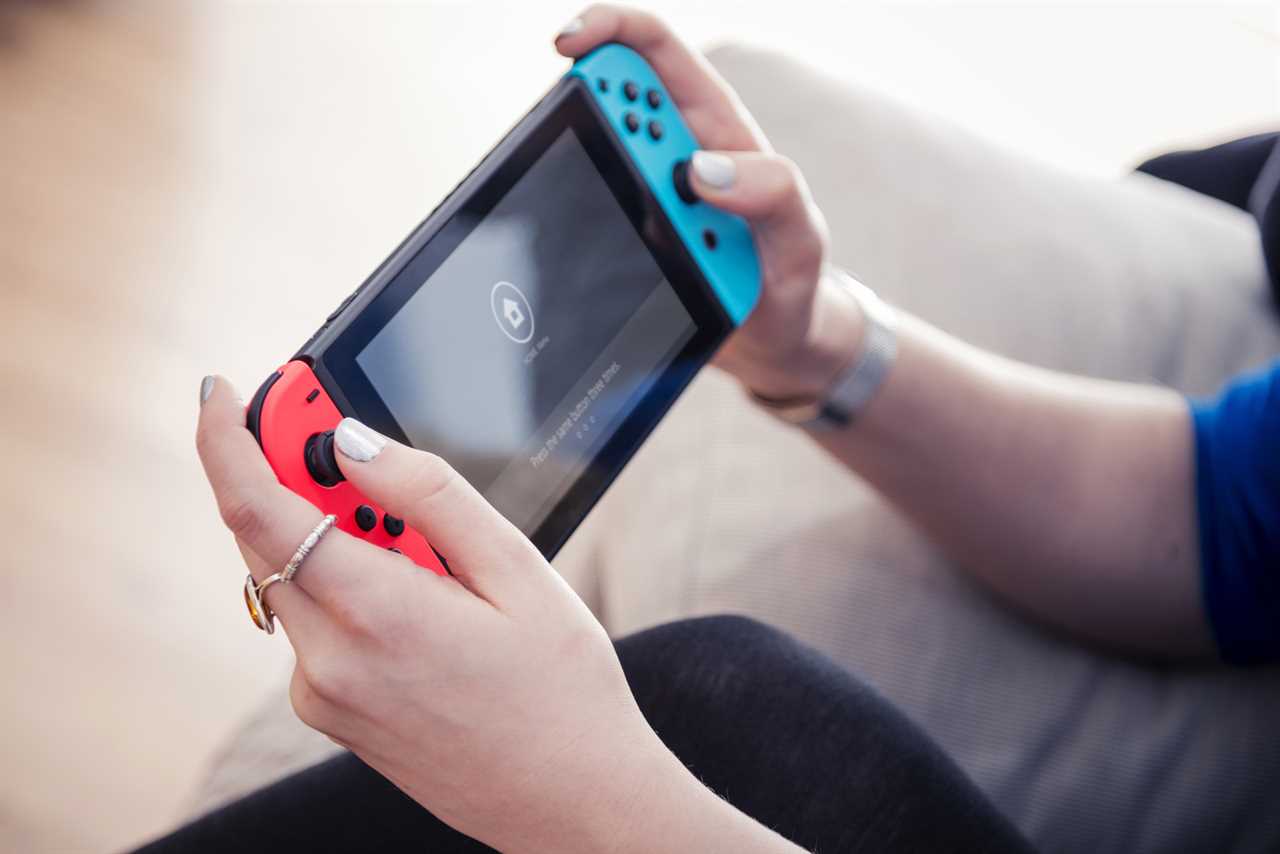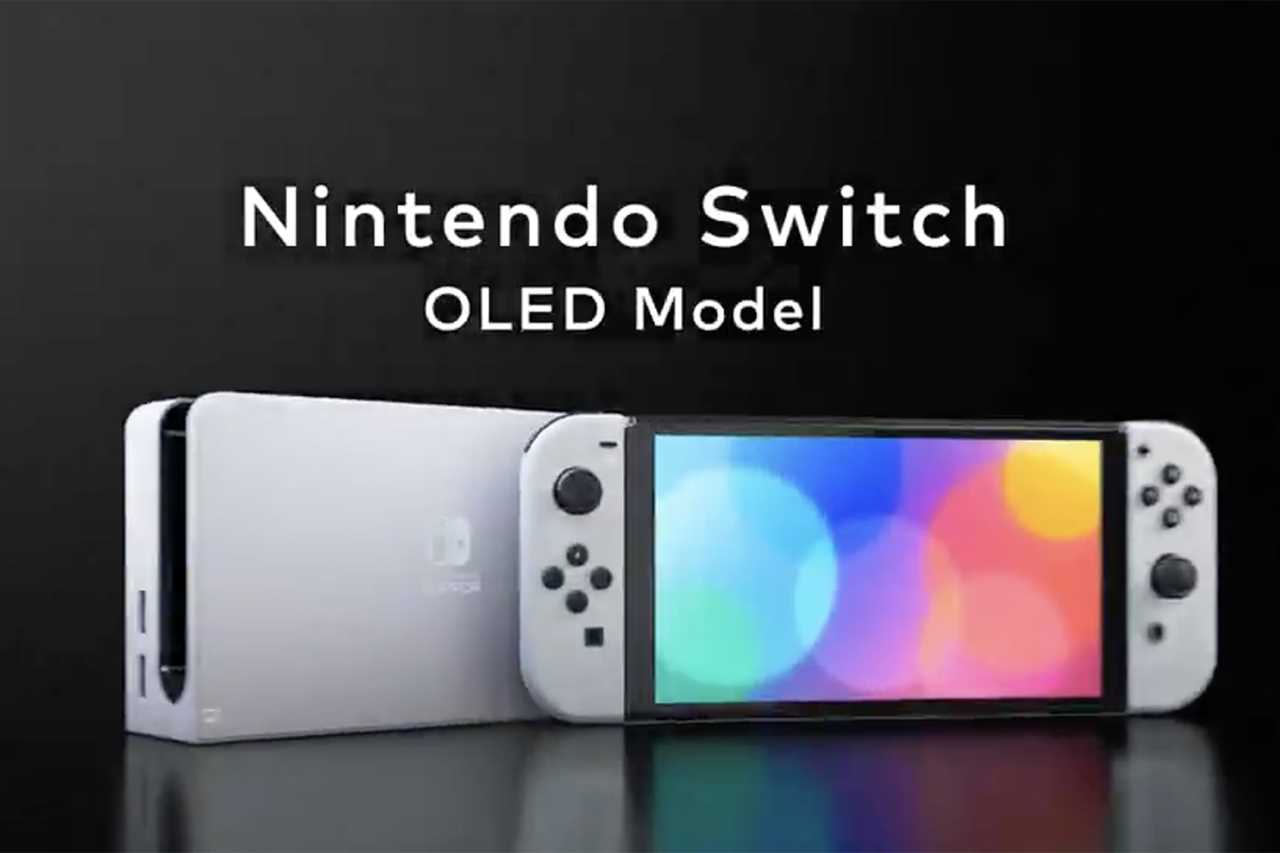
Display and design
Looking to buy a Nintendo Switch console but unsure about the differences? The main selling point of the Nintendo Switch OLED is its OLED screen. OLED panels offer higher contrast than LCD screens, resulting in a more vivid picture. The OLED screen on the Switch is also approximately an inch larger than the original LCD screen.
Performance and graphics
Performance-wise, both the original Nintendo Switch and the OLED version are the same. They have the same resolution: 720p in handheld mode and 1080p in TV mode. The only internal upgrades on the OLED version are built-in storage and speakers.
Games
Both versions of the Switch can run the same games, with no exclusive titles for either model. Most games come in physical cartridges, although some are digital-only.
Storage
One key difference between the two versions is storage. The original Switch has 32 GB of internal storage, while the OLED Switch has doubled that to 64 GB. Consider your gaming habits before deciding if the extra storage is necessary, especially if the device is shared among family or housemates.

Battery life
Despite OLED screens typically using more power, both versions of the Switch offer the same battery life. Nintendo claims that a standard Switch or Switch OLED can last between four to nine hours on a single charge. However, battery life may decrease over time, especially with high-processing games.
Bonus features
The Switch OLED comes with a built-in LAN port in its dock, allowing users to connect directly to their Wi-Fi router with an Ethernet cable. This feature is useful for households with poor internet connections. In comparison, the original Switch requires a separate adapter for Ethernet connections.
Price
The original Nintendo Switch is priced at £259.99/$299.99, while the Nintendo Switch OLED costs £309.99/$349.99.
Did you miss our previous article...
https://trendinginthenews.com/gaming/xbox-fans-have-limited-time-to-play-an-86rated-free-game-before-it-disappears






